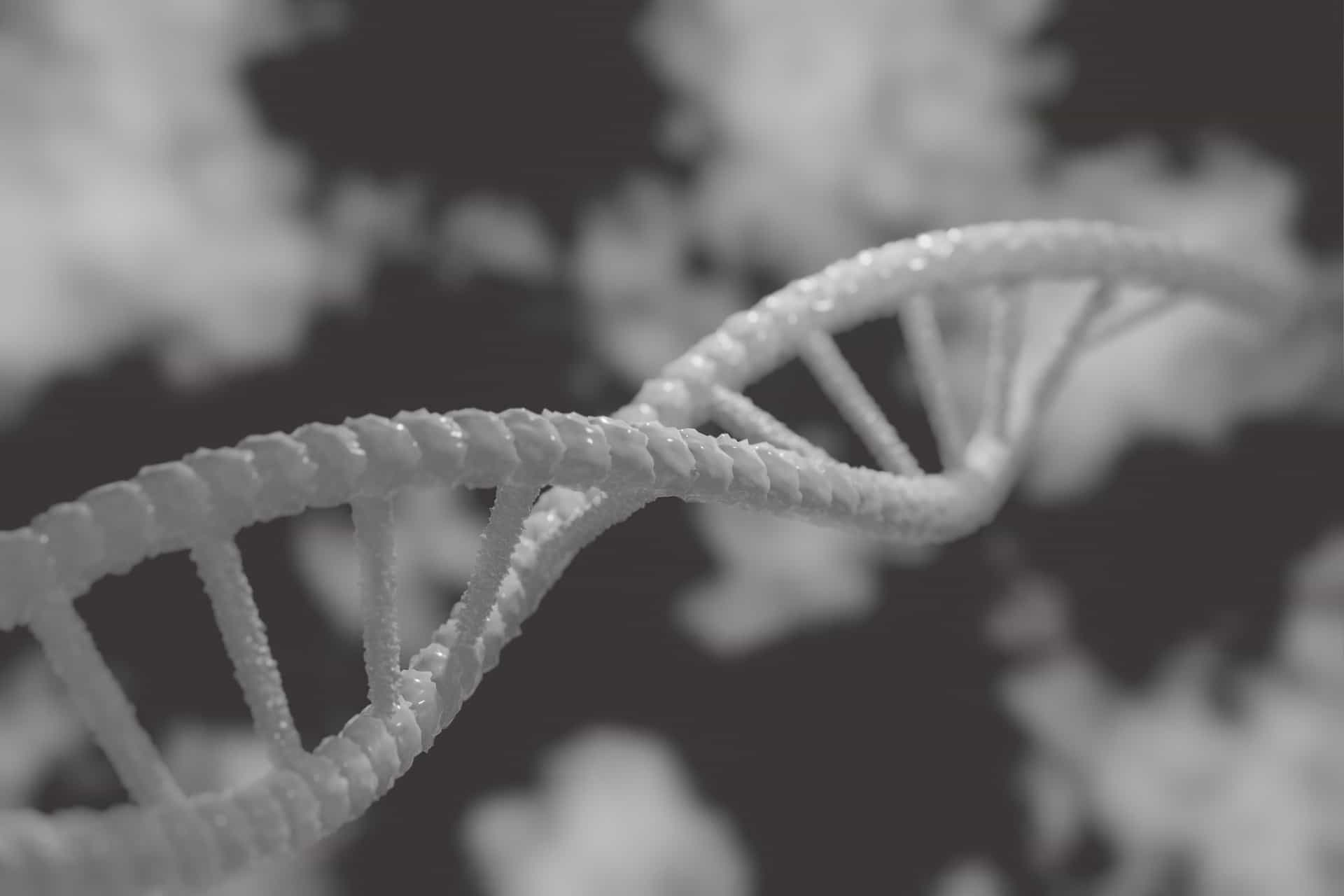Type I tyrosinemia is a genetic pathology that gives rise to a very serious hepatic metabolic disease, above all because until now it has always been diagnosed after having found the symptoms. It is transmitted in an autosomal recessive manner , by a mutation on chromosome 15 , of the gene for the hydrolysis enzyme fumarylacetoacetate, responsible for liver damage such as hepatocarcinoma, neuronal crises and kidney damage. This pathology is diagnosed correctly in very few cases and only when the symptoms are full-blown, but today thanks to a recent discovery developed by the Meyer Pediatric Hospital and by Perkin Elmer, it will be possible to diagnose type I tyrosinemia at birth, with extensive metabolic screening investigations.
This test for early diagnosis makes preventive care possible in case of a positive result, by detecting the presence of the primary marker for type I tyrosinemia, with a specificity of 100%. Before this test, the risk of death for affected newborns was very high, already around 6-8 months of life.
The introduction in the screening panel of the main metbaolite of the metabolic block, ie succinylacetone , has allowed to obtain a very high specificity, compared to the previous dosage carried out with tyrosine . This innovative test will allow all neonatal metabolic screening laboratories in the world to diagnose type I tyrosinemia in time, especially in countries where the incidence is higher such as Canada.
This demonstrates once again how important newborn screening is, practiced in the first 48 hours of life, and how many lives it can save from irreversible damage such as mental retardation, growth and learning disorders , fulminant tumors and neurological crises. All disorders not easily treatable and not compatible with a normal life.
You may also like
Business Phone Subscriptions: Guide to Costs, Options and Benefits
Choosing a business phone subscription can be a complex task, with numerous factors such as costs, benefits, and options to consider. This article explores various business phone subscriptions, examining the best deals and geographic cost variations to help businesses make informed decisions.
Private Mobile Phone Subscriptions: Finding the Best Fit for Your Needs
Selecting a mobile phone subscription can be daunting with myriad plans and hidden costs. This article explores various phone plans for private use, comparing prices and highlighting key considerations to help you choose the best mobile service provider.
Green Energy and Charging Stations: Proposals and Costs
As the world shifts towards greener energy sources, the demand for electric vehicle (EV) charging stations is on the rise. This article examines the current landscape of EV charging infrastructure, comparing proposals, costs, and benefits. We delve into geographic cost variations and spotlight the most competitive charging station offers.
Analysis of Green Energy Through Photovoltaic Panels
As the world searches for sustainable solutions to combat climate change, solar energy emerges as a frontrunner. This article explores the various proposals, costs, and advantages associated with photovoltaic panels, providing a comprehensive guide to understanding and investing in solar power. It also delves into geographical cost variations and compares current market offerings for optimal decision-making.
